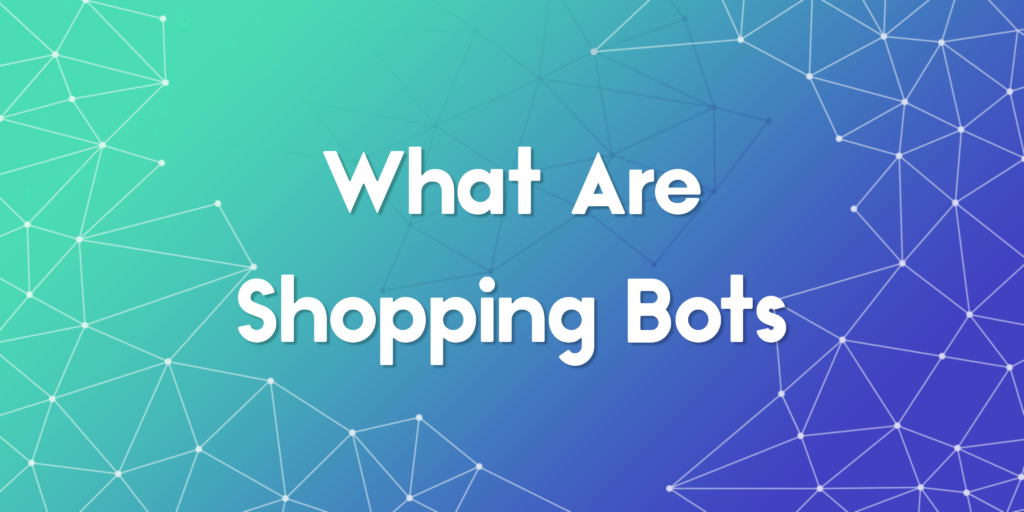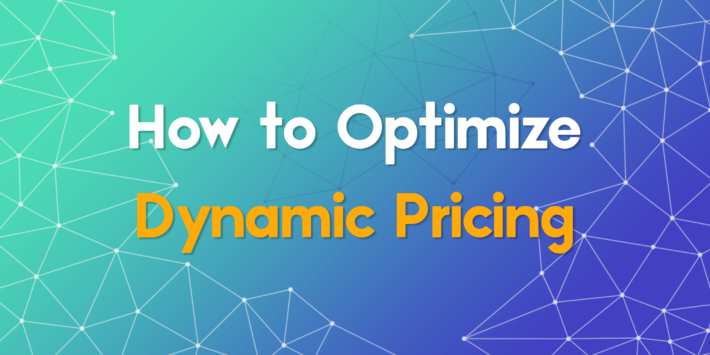What Are Shopping Bots?

What are shopping bots? This question often arises among both casual online shoppers and digital entrepreneurs. As eCommerce continues to grow rapidly, the use of automation tools like shopping bots has become increasingly common. These bots can save time, improve efficiency, and provide a competitive edge in the digital marketplace. In this article, you will discover what shopping bots are, explore different shopping bot types, understand the benefits of shopping bots, and examine the role of proxies in shopping bots.
What are shopping bots?
Shopping bots are software applications designed to automate various tasks in the online shopping process. They can search for products, compare prices, monitor stock levels, check out faster than humans, and even alert users to discounts or restocks. Originally created to assist users in simplifying their shopping experience, shopping bots have evolved into powerful tools for both consumers and retailers. Their capabilities range from passive price tracking to aggressive cart-sniping techniques used to buy high-demand items the moment they become available.
Many online shoppers use shopping bots to get the best deals or avoid missing out on limited edition releases. On the other hand, some retailers deploy shopping bots to offer personalized recommendations or streamline customer support. Regardless of the use case, shopping bots are built to interact with websites in a human-like manner, yet with machine-level speed and accuracy.
Common shopping bot types and their purposes
There are many different shopping bot types, each serving a unique purpose. Understanding these types helps clarify how shopping bots function across the online commerce ecosystem.
- Price comparison bots: These bots crawl multiple online retailers to find the lowest prices on a product. They help shoppers make smarter purchasing decisions quickly.
- Restock and release bots: Often used by collectors and resellers, these bots monitor product pages and immediately attempt to purchase high-demand items when restocked.
- Autofill and checkout bots: These shopping bots streamline the checkout process by automatically filling in user data and payment information, ensuring faster purchases.
- Chatbots for customer service: Deployed by eCommerce websites, these bots provide instant answers to customer queries, assist in order tracking, and recommend products.
- Flash sale bots: These bots specialize in securing items during short sales events, where human speed alone is not enough to compete effectively.
Each of these shopping bot types offers unique advantages depending on the user’s goals. While buyers seek speed and convenience, sellers focus on improving engagement and reducing response time.
The benefits of shopping bots for users and businesses
The benefits of shopping bots span a wide range of use cases. For consumers, shopping bots deliver value through convenience and cost savings. For businesses, they provide insights and efficiency. Here are some notable benefits of shopping bots:
- Time-saving: Bots handle repetitive tasks like searching, comparing, and checking availability, saving users hours of effort.
- 24/7 operation: Bots can run continuously, monitoring websites even when the user is offline.
- Faster checkouts: In high-demand situations like ticket sales or sneaker drops, bots help secure purchases by completing transactions instantly.
- Personalized experiences: Chatbots and recommendation engines can tailor suggestions based on user behavior.
- Scalability: Businesses can manage large volumes of customer inquiries and product tracking without hiring more staff.
These benefits explain why shopping bots have become so integral to the modern eCommerce experience. They help level the playing field for consumers and improve operational efficiency for retailers.
The role of proxies in shopping bots

Proxies play a crucial role in the effectiveness and reliability of shopping bots. Since many websites limit the number of requests or transactions from a single IP address, proxies allow bots to operate undetected and at scale.
When using shopping bots, each proxy acts as a unique online identity, helping to distribute requests and avoid bans. Proxies also enable bots to access geo-restricted content or regional pricing variations. Here are a few ways proxies enhance shopping bot performance:
- Prevent IP bans: Rotating proxies allow bots to make multiple requests without getting flagged by anti-bot systems.
- Bypass geo-blocks: Proxies make it possible to shop from different regions and access location-specific deals.
- Faster performance: High-quality proxies reduce latency, helping bots complete transactions quickly and efficiently.
- Increased anonymity: Proxies help mask bot activity, making it harder for websites to detect and block automation tools.
Using proxies responsibly is essential to ensure ethical and compliant automation. For users serious about using shopping bots, investing in reliable residential or datacenter proxies is a smart choice.
Shopping bots in action across industries
Although shopping bots are most commonly associated with consumer electronics or limited edition products, their use extends across many industries:
- Fashion: Bots are used to grab exclusive sneakers or apparel from brands like Nike or Supreme
- Event ticketing: Many buyers use bots to secure concert or sports event tickets the moment they are released
- Grocery and household goods: During high-demand periods, bots help users secure scarce items from online grocery platforms
- Travel: Bots track airfare changes and alert users when ticket prices drop
This versatility shows the far-reaching impact of shopping bots on consumer habits and purchasing strategies. Their adoption is only expected to grow as more industries shift toward digital-first experiences.
Combining shopping bots and proxies for maximum advantage
When shopping bots are used together with reliable proxies, users can achieve unmatched speed and anonymity. This combination is especially useful during events where products sell out in seconds. However, success depends on selecting the right setup.
- Browser support: Some shopping bots work with browser-based automation tools like Selenium, while others use headless modes. Make sure your proxy supports these protocols.
- Ecosystem integration: Bots that integrate well with proxies, captchas, and payment solutions reduce friction and failure rates.
- Language support: Advanced bots offer multi-language capabilities, making them ideal for global shoppers.
- Setup complexity: User-friendly bots with simple proxy configuration lower the entry barrier for beginners.
- Speed: Combining a fast bot with low-latency proxies provides a strong edge in flash sales.
- Community and updates: Bots backed by active communities often have better support and regular updates, keeping up with website changes.
By evaluating shopping bots and proxies based on these factors, users can create a setup that balances speed, reliability, and flexibility.
How to stay responsible when using shopping bots
Although shopping bots and proxies offer a powerful way to navigate the eCommerce world, they should be used responsibly. Respect website rules, avoid unfair advantages in competitions, and follow regional regulations. Bots can enhance your experience, but using them ethically ensures long-term benefits and minimizes negative impact on other users.
What are shopping bots? Now that you know the answer, you can explore them with confidence and clarity. Whether you’re a tech-savvy shopper or an entrepreneur, understanding shopping bots opens doors to faster, smarter, and more flexible online experiences.


